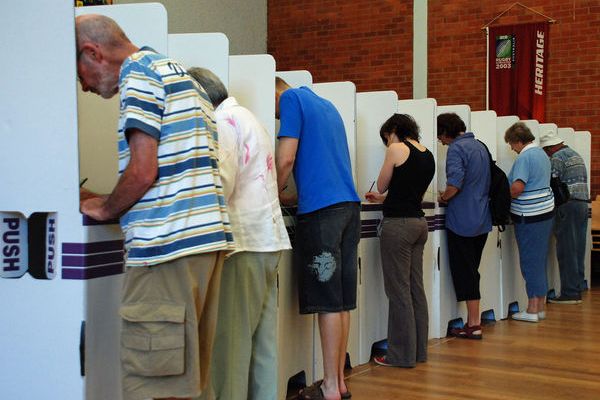Published on the 25/11/2014 | Written by Beverley Head

Electronic and internet voting has been ruled out for Australians because of a fear of hacking and voter intimidation; paper and pencil are here to stay…
An investigation into alternative voting methods was ordered by the Australian Government following the loss of ballot papers in the 2013 West Australia Senate election. The resulting report has been released this month and largely rules out any form of e-voting.
Tony Smith, chairman of the Joint Standing Committee on Electoral Matters, stated that; “Australia is not in a position to introduce any large scale system of electronic voting in the near future without catastrophically compromising our electoral integrity.”
Not only would electronic voting systems, or internet voting be vulnerable to hacking, but allowing people to vote in the privacy of their own homes could expose them to peer or family pressure, or allow an abuse of the system with people providing incentives to encourage people to vote in a particular way.
Electronic voting has been allowed particularly for vision impaired citizens in previous elections, but there are no plans to extend this facility more generally.
The Committee however is more enthusiastic about the opportunity to electronically scan and count votes which it says could speed up the process, although it at this stage would also require verification by a hand count of the ballot papers.
Even then the wheels of progress grind slowly. The Committee only recommended a trial of this technology at pre-poll centres during the next federal election, rather than a wholesale roll out.
There was qualified support for the use of electronic certified lists to identify voters, as these have already been piloted. But with a bill of $191 million forecast for a comprehensive roll out of electronic certified lists, the Committee has instead recommended a much smaller rollout to mobile voting teams at the next election costing a more modest $12.8 million.
Despite the problems at the 2013 election the Committee found that the foundations of Australia’s current voting system are robust, and that electronic voting would change not only the method but the nature of voting.
At present the Committee found that although technology might boost convenience for voters it could very well compromise the sanctity of the ballot and should be avoided.



























